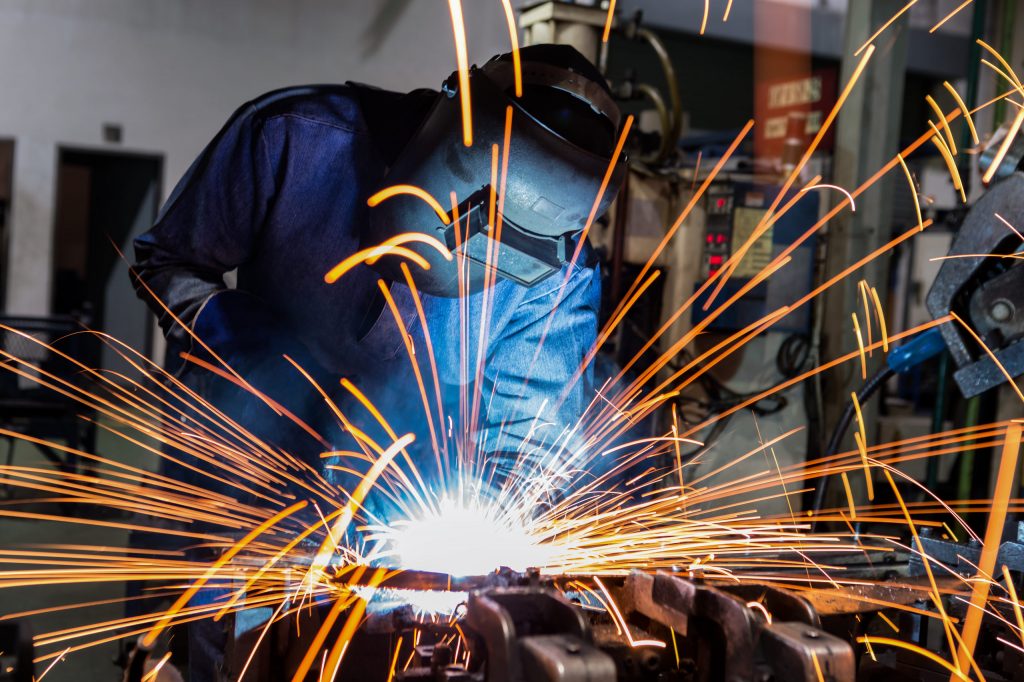नवम्बर . 28, 2024 05:49 Back to list
Utilizing Reinforcing Mesh for Enhanced Structural Integrity in Factory Construction
Reinforcing Mesh Used in Building Factories An Essential Component for Structural Integrity
In the rapidly evolving landscape of construction, particularly in the realm of industrial buildings such as factories, the importance of using high-quality materials cannot be overstated. One such material that plays a crucial role in ensuring structural integrity and durability is reinforcing mesh. This article delves into the significance of reinforcing mesh in factory construction and its various applications, benefits, and best practices.
What is Reinforcing Mesh?
Reinforcing mesh, commonly referred to as welded wire fabric, is a grid of steel bars or wires that are welded together at predetermined intervals. This mesh is designed to be embedded within concrete structures to enhance their load-bearing capacity and prevent cracking under various stress conditions. Typically made from high-strength steel, reinforcing mesh comes in various diameters and grid patterns, allowing it to be tailored to specific construction requirements.
The Role of Reinforcing Mesh in Factory Construction
Factories are often subject to significant loads and dynamic forces due to heavy machinery, materials handling, and other operational activities. Therefore, the structural design must account for these factors to safeguard against potential failures. Reinforcing mesh plays a pivotal role in achieving this goal.
1. Load Distribution The primary function of reinforcing mesh is to distribute tensile loads across a wider area within the concrete. This helps in mitigating stress concentrations that could lead to cracks or structural failures.
2. Crack Control Concrete is inherently weak in tension. By incorporating reinforcing mesh, the tensile strength of concrete is significantly enhanced, which helps in controlling and minimizing cracking. This is particularly important in factory floors that endure constant heavy loads.
3. Durability and Longevity Mesh reinforcement also contributes to the overall durability of factory structures. It protects against the effects of environmental factors and chemical exposure, which are common in industrial settings. Enhanced durability translates into lower maintenance costs and longer service life for factory buildings.
4. Safety Compliance Building codes and safety regulations increasingly mandate the use of reinforcing mesh in certain types of construction, especially in industrial buildings. Compliance with these regulations not only ensures safety but also enhances the credibility of the construction company.
Applications of Reinforcing Mesh in Factories
reinforcing mesh used building factories

Reinforcing mesh is utilized in various applications within factory construction, including
- Foundations The foundation of a factory is subjected to substantial loads. Reinforcing mesh is crucial for providing the necessary support and stability to the foundation slab.
- Floors Factory floors often include heavy machinery and storage areas. Reinforcing mesh is used in floor slabs to prevent cracking and ensure a level, durable surface that can withstand heavy traffic.
- Walls and Columns In addition to floors, reinforcing mesh can be incorporated into the walls and columns of the factory. This enhances their ability to support vertical loads and resist lateral forces from equipment movements or environmental factors.
Best Practices for Using Reinforcing Mesh
1. Selection of Appropriate Mesh It’s essential to choose the right type and size of reinforcing mesh based on the specific structural requirements. Factors such as load conditions, concrete thickness, and environmental conditions must be evaluated.
2. Proper Installation To maximize the effectiveness of reinforcing mesh, it should be properly positioned during the pouring of concrete. This includes ensuring that it is located at the right depth to provide optimal tensile strength.
3. Regular Maintenance and Inspection After construction, periodic inspections should be conducted to assess the condition of the reinforcing mesh and the concrete structure. Early detection of any issues can prevent more significant problems down the line.
Conclusion
In conclusion, reinforcing mesh is an indispensable component in the construction of factories. It not only enhances the strength and durability of concrete structures but also ensures compliance with safety standards. By understanding its role and adhering to best practices in its application, construction professionals can significantly improve the resilience of industrial buildings, thereby protecting their investments and ensuring operational efficiency. As the manufacturing landscape continues to grow, the role of reinforcing mesh will undoubtedly remain a cornerstone in the quest for safer and more sustainable factory construction.
-
Premium Gabion Welded Wire Mesh High-Strength & Corrosion-Resistant
NewsJun.06,2025
-
Premium Concrete Reinforcing Mesh Direct from Chinese Suppliers
NewsJun.06,2025
-
Premium Black Nail Wire Suppliers - Durable & Corrosion Resistant
NewsJun.06,2025
-
Steel Fence Posts & Railing Designs Premium Metal Fencing Solutions
NewsJun.05,2025
-
Premium Perforated Metal Sheets Custom Sizes & Quality
NewsJun.05,2025
-
Precision 8mm Cold Drawn Wire Suppliers High Strength & Quality
NewsJun.04,2025

